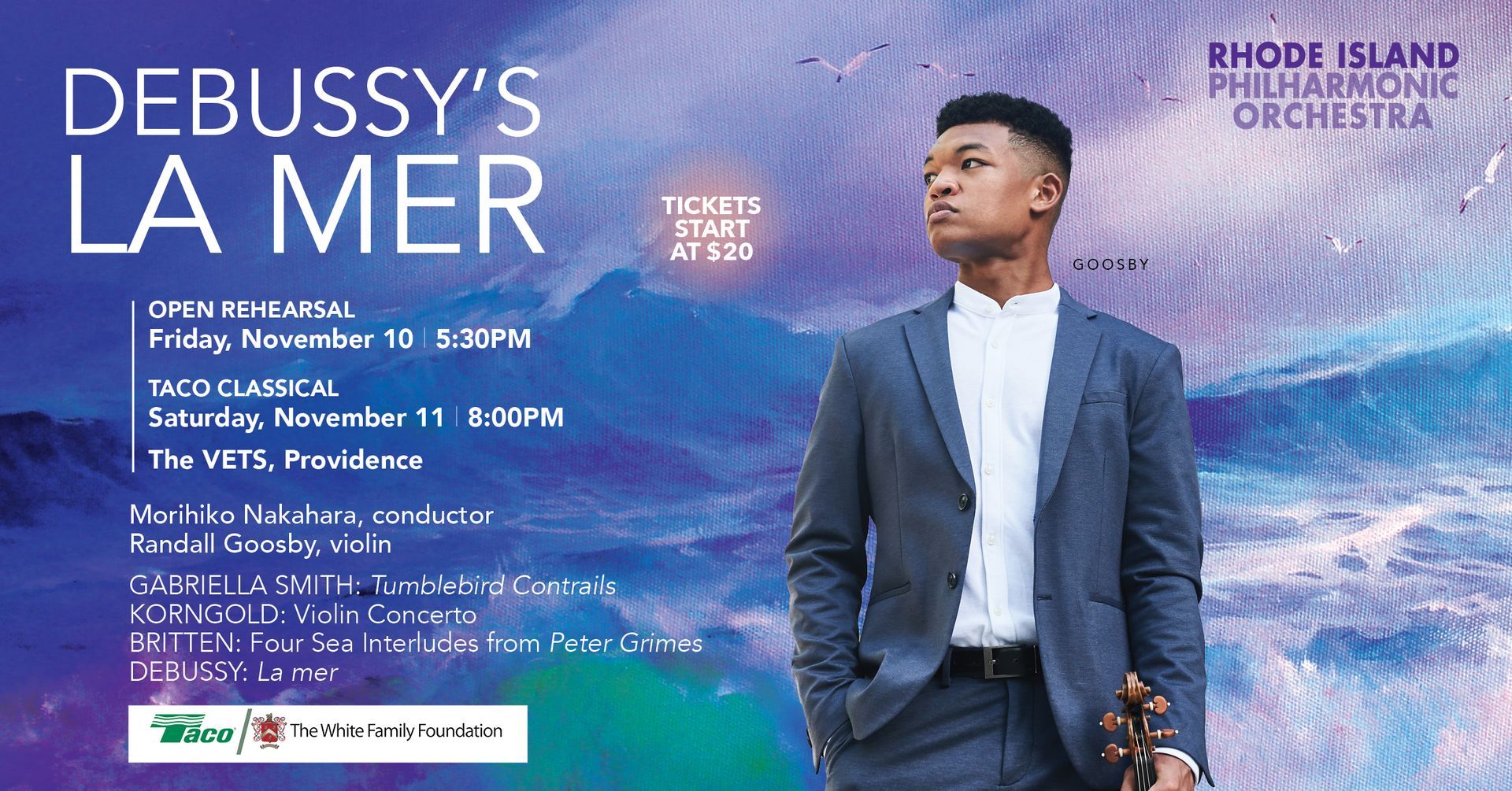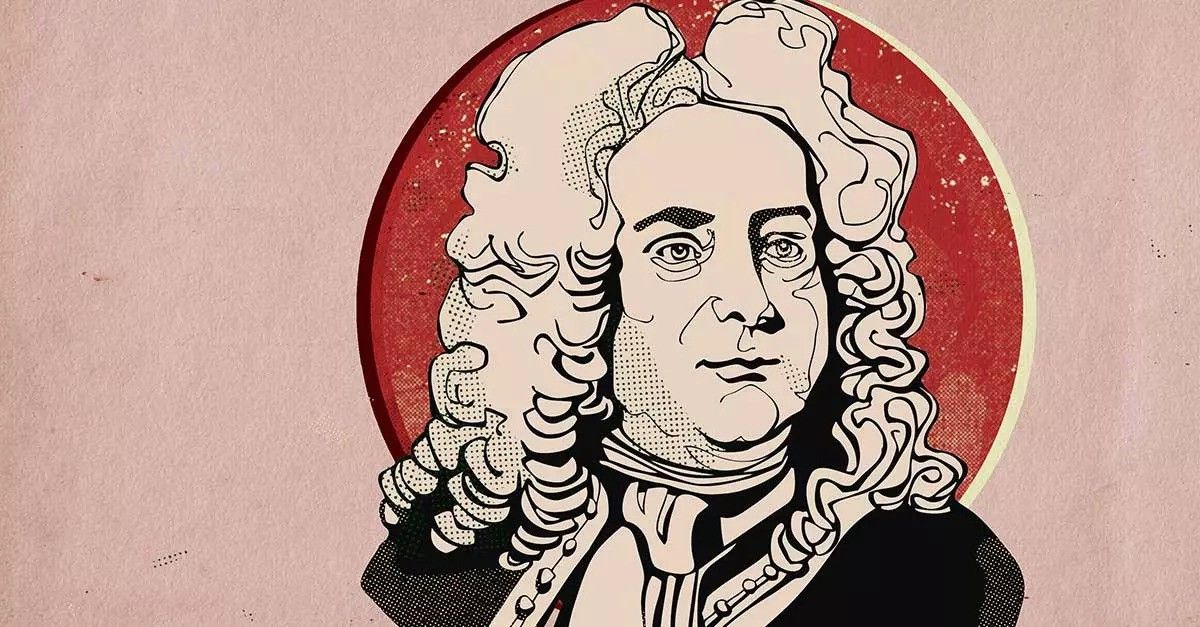THE STORY BEHIND: Britten's Four Sea Interludes from "Peter Grimes"
Share
On November 11, conductor Morihiko Nakahara and the Rhode Island Philharmonic Orchestra will present DEBUSSY'S LA MER with violinist Randall Goosby.

Title:
Peter Grimes: Four Sea Interludes, op.33a
Composer: Benjamin Britten (1913-1976)
Last time performed by the Rhode Island Philharmonic:
Last performed February 28, 2009 with Larry Rachleff conducting. This piece is scored for two flutes, two piccolos, two oboes, two clarinets, E-flat clarinet, two bassoons, contrabassoon, four horns, three trumpets, three trombones, tuba, timpani, percussion, harp and strings.
The Story: In 1941, the Koussevitzky Foundation commissioned a full-length opera from Benjamin Britten. For his subject, Britten chose
The Borough
by George Crabbe, composing the opera as
Peter Grimes on a libretto adapted by Montagu Slater. The June 1945 premiere in London was an overwhelming success. It was the first new opera heard in London in many years, and it was the first production mounted at Sadler’s Wells in five years, due to the Blitz of World War II. Following the final curtain, the audience gave Britten a five-minute standing ovation.
The story of the opera deals with a cantankerous man misunderstood and persecuted by the masses. Though he is innocent, he is doomed to an inevitable disaster. Accused of murdering his apprentice, Grimes must face an angry mob. Instead, he puts out to sea in a small boat, never to return.
The sea itself is like a character in the drama, and Britten included atmospheric orchestral interludes to draw on that character. From
Peter Grimes, Britten assembled a group of four Sea Interludes playable in the concert hall.
“Dawn” (between the Prologue and Act I) describes, in Ernest Newman’s words, the “gray atmosphere of the hard-bitten little fishing town.” Its three themes suggest the bleak seascape, the sound of sea gulls, and the rise of dawn over the water. “Sunday Morning” (leading into Act II) pictures the village on a Sunday morning, still except for the sound of church bells. “Moonlight” (leading into Act III) is a nocturnal portrait, an impressionistic street scene. “The Storm” (Act I, between Scenes 1 and 2) portrays a tempest as it rises and gathers force. Britten’s orchestration is particularly colorful and original here
Program Notes by Dr. Michael Fink © 2023 ALL RIGHTS RESERVED
Tickets start at $20! Click HERE or call 401-248-7000 to purchase today!







